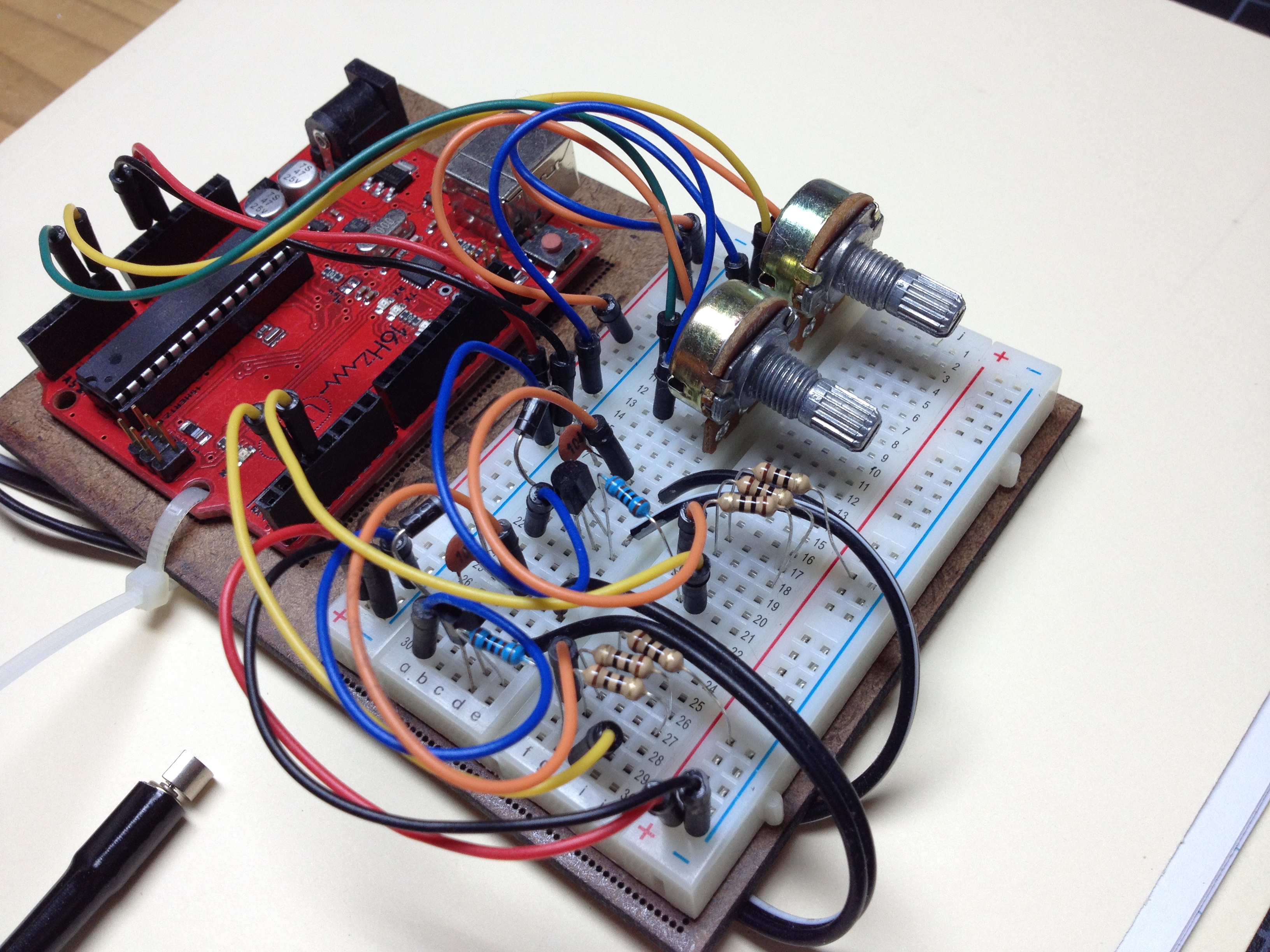Notes From a Conversation With Political Activist Josh Silver (Represent.us)
 Wednesday, September 30, 2015 at 9:44AM
Wednesday, September 30, 2015 at 9:44AM  Since leaving my research programmer position at UMass (funding was drying up), I've been reaching out to leaders to explore possible contributions I could make in the progressive or educational spaces 1. Here I'd like to briefly share a few notes from my conversation with one of them, Josh Silver. NB: Any errors I make are my own - please send corrections!)
Since leaving my research programmer position at UMass (funding was drying up), I've been reaching out to leaders to explore possible contributions I could make in the progressive or educational spaces 1. Here I'd like to briefly share a few notes from my conversation with one of them, Josh Silver. NB: Any errors I make are my own - please send corrections!)
And a quick pitch: If you know someone who's hiring in those areas then please give me a ring. (I'm looking for the intersection of progressive work, software tool development, and solid funding.)
Josh Silver (Represent.us)
I had the good fortune to meet Josh Silver, who has made contributions in media reform and campaign finance reform (think Citizens United). He currently runs Represent.Us, and, before that, Free Press. Josh summarized his perspective on what he sees as the two main challenges to policy change (an informed public, and government representatives who actually represent people, not big money or corporations) and gave me a precis on how money is injected into politics (direct to campaigns and super PACs, which can be tracked, and indirect via 501c4 and 501c6 organizations, which is not directly tracked - more here). Josh said there's a lot of activity in data and politics, for example:
- Sunlight Foundation
- OpenSecrets.org: Money in Politics -- See Who's Giving & Who's Getting
- U.S. Congress Campaign Contributions and Voting Database | MapLight - Money and Politics
- Follow The Money
- And of course the awesome @nytgraphics work.
He also showed me the Greenhouse browser extension, which rewrites web pages via some information extraction to pop up campaign finance information for people on the page.
We talked a little about the fallibility of human nature and how emotion and stories often trump facts (It's a "basic human survival skill," explains political scientist Arthur Lupia of the University of Michigan. We push threatening information away; we pull friendly information close. We apply fight-or-flight reflexes not only to predators, but to data itself.). (I tend to arrogantly think I'm immune, but I'm not - see Thinking, Fast and Slow and You Are Not So Smart - Amazon links)
Regarding funding for software development, Josh suggested either contacting one of the above organizations, or propose funding for a grant from someone like the Knight Foundation.
I finished up by talking a bit with one of his research assistants about possible tools that could help folks like him and reporters collect campaign contribution information more easily. My takeaway was that there's no good, central aggregator; information is disparate and spans multiple sites.
Great stuff! Stay tuned...
Areas of Interest
- Skepticism, critical thinking
- Journalism, media reform
- Education and science
- Fact checking
- Environment, climate change
- Freethought
- Politics, digital government, campaign finance reform
- Citizenship, participation, digital government







